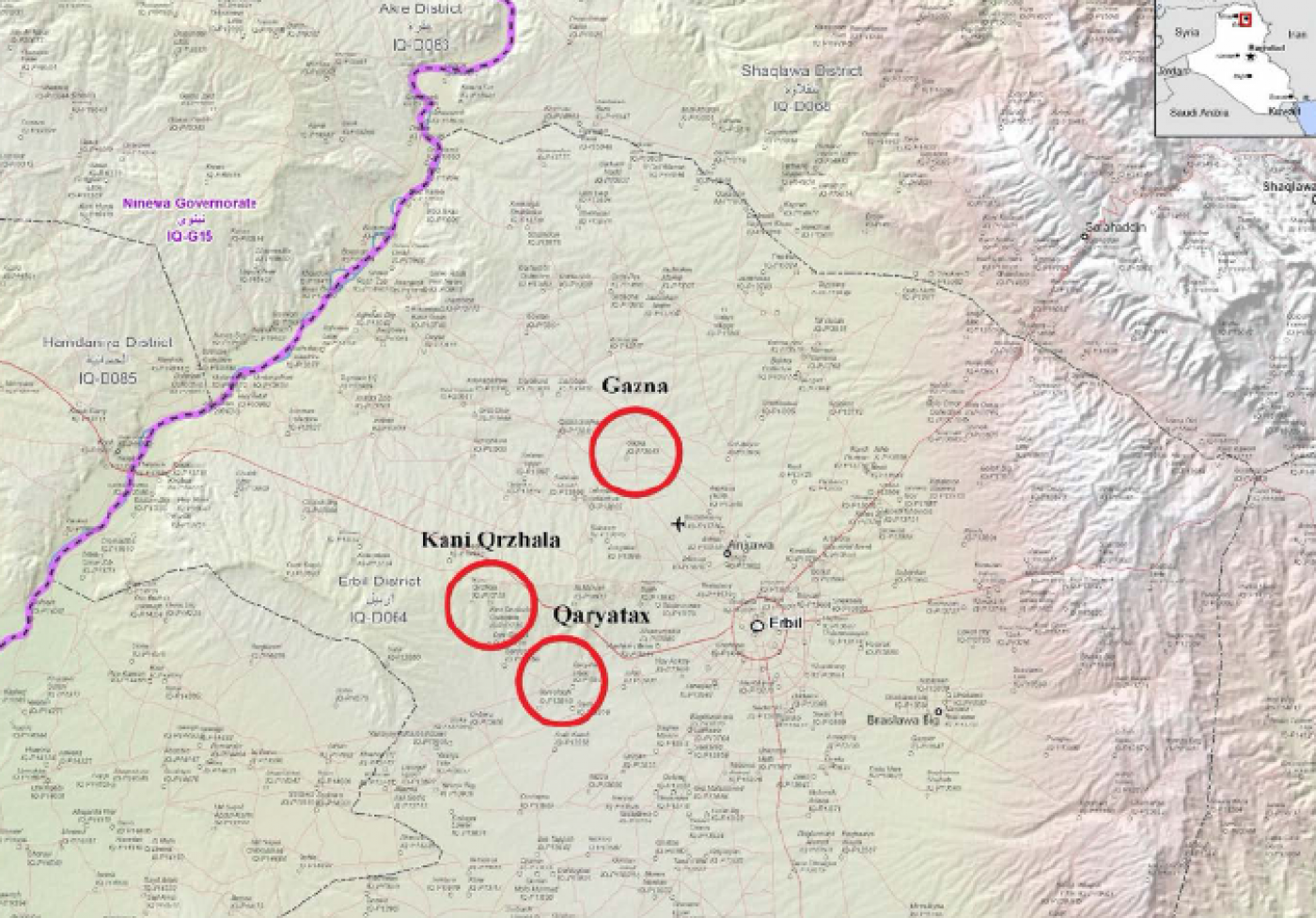
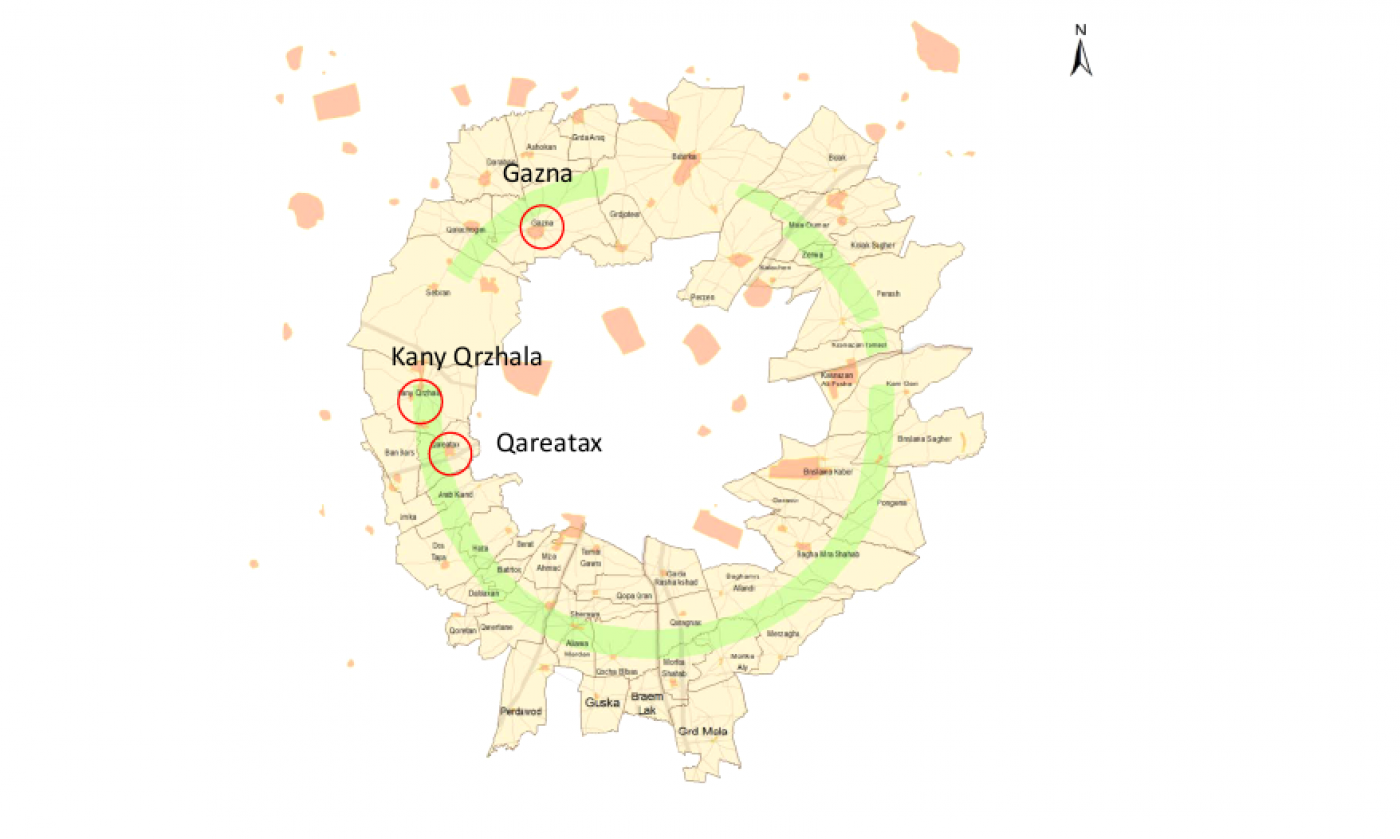
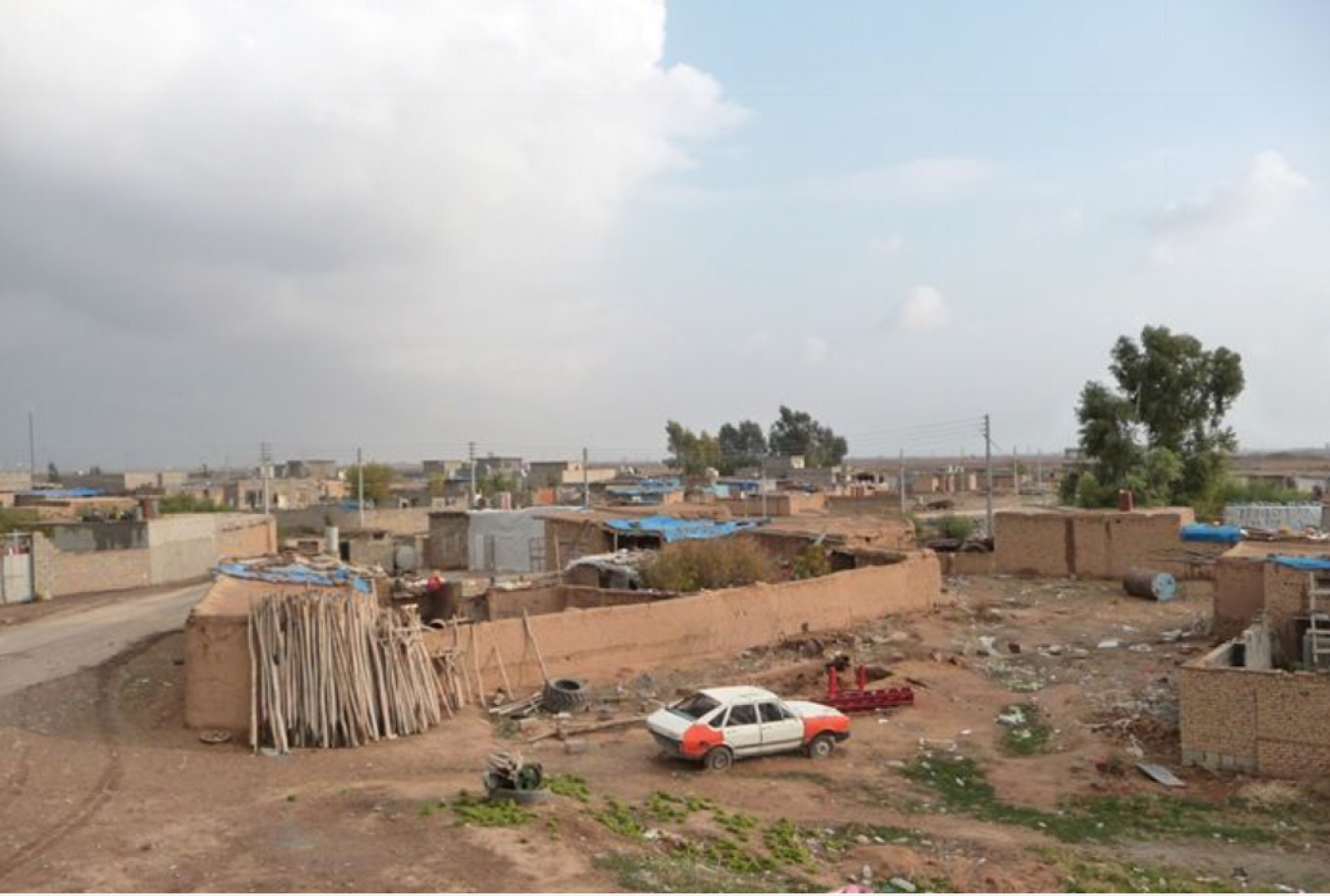
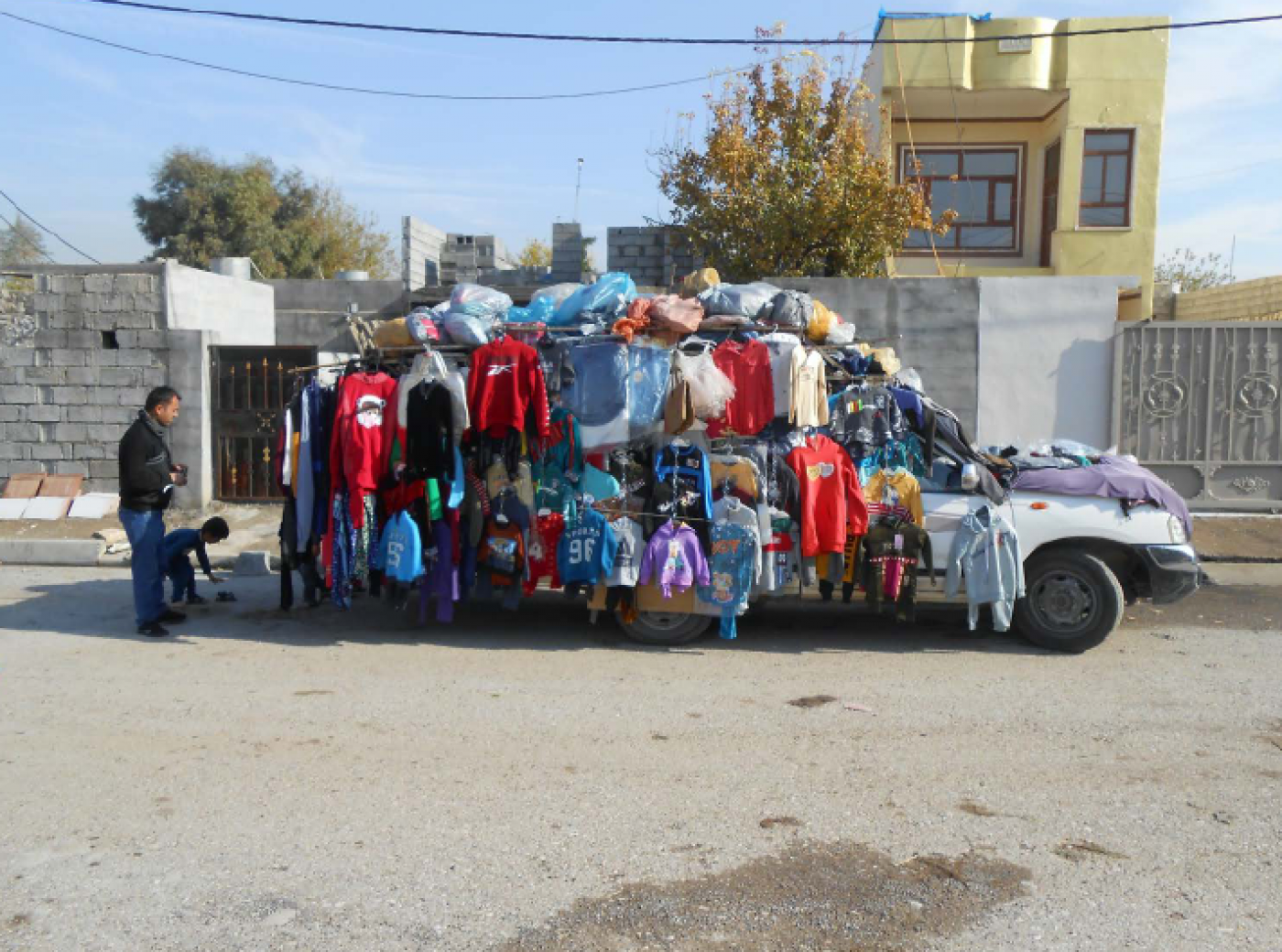
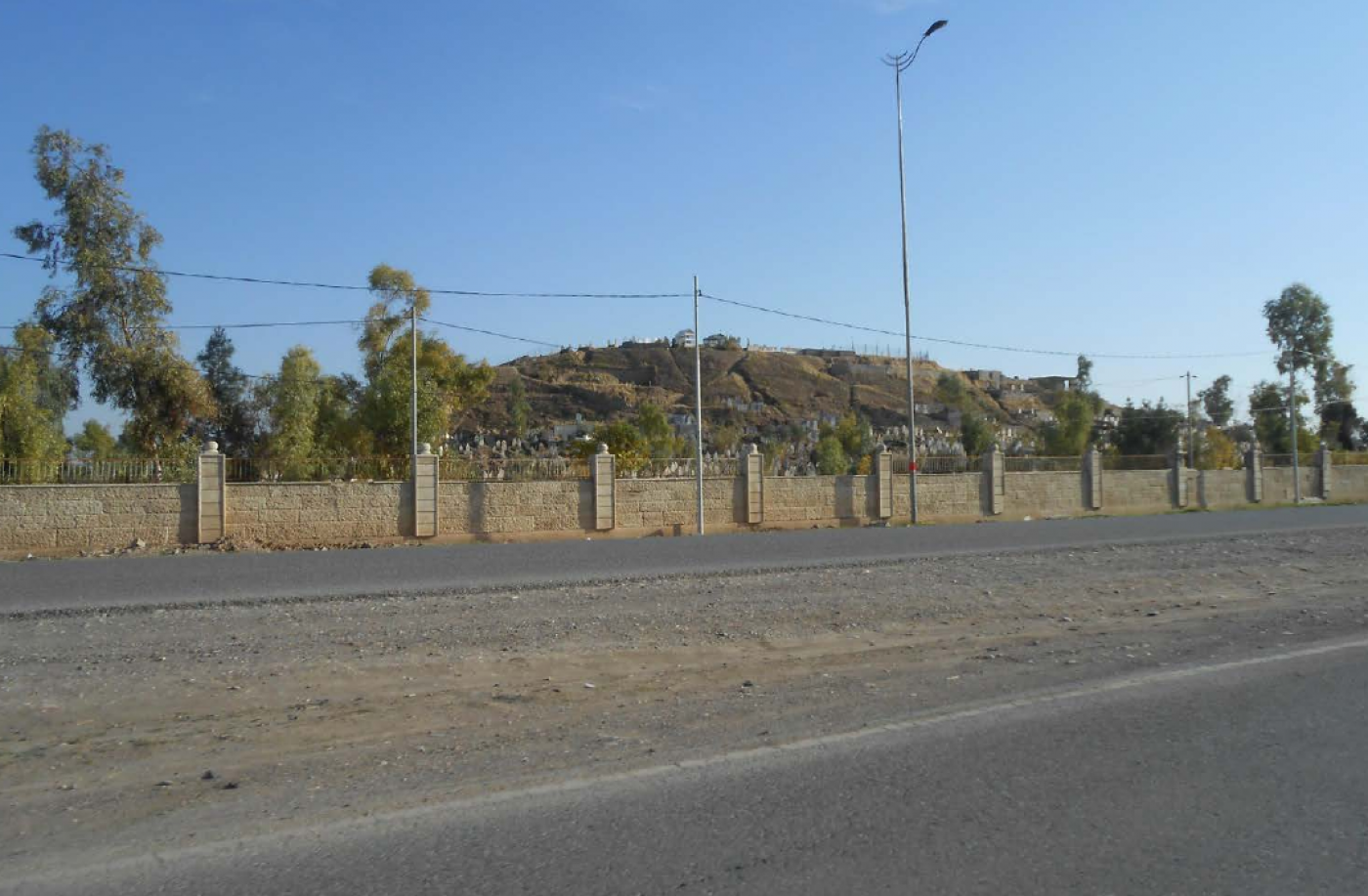
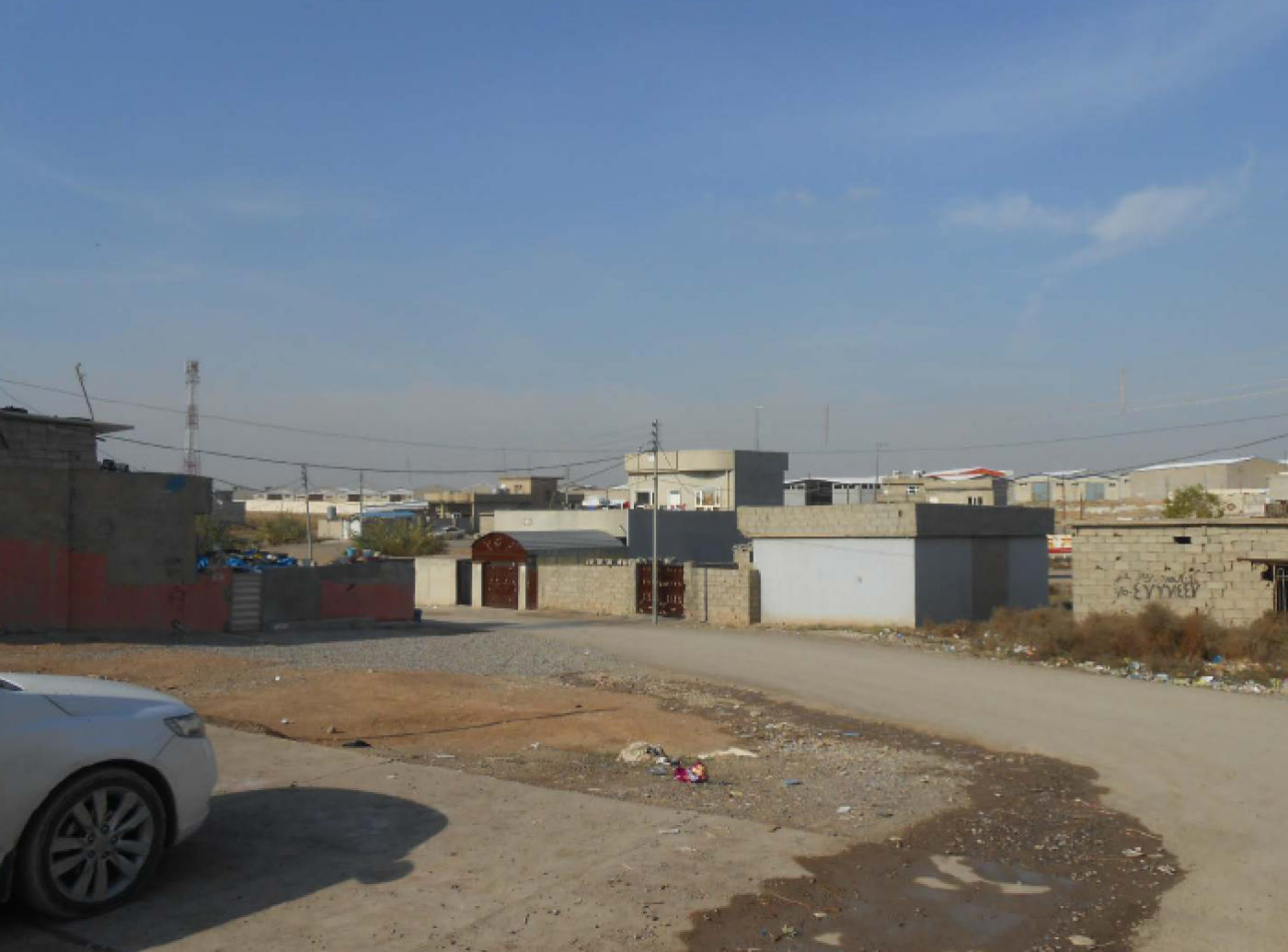
The project views villages in Erbil’s rural peripheries as important repositories of ancient and vernacular practices. Buildings, networks of seasonal and perennial watercourses, forested lands, rangeland, and rain-fed agriculture all contribute to local cultural identity. The population has suffered from mass displacement as Iraqi Kurdistan's cities hae grown. As a result, the rich heritage of these villages is neglected and there are few opportunities for economic development.
By understanding how rural-urban heritage is conceptualized and experienced by local resudebts and internally displaced people (IDPs) in the rural peripheries of Erbil, the team hopes to highlight how this heritage can become a vehicle for socio-economic development.
In practice, the project builds upon three strands of work: research, citizen science, and capacity building. All of these are human-centred, heritage-led, and place-specific and hope to lead to long-term impacts. The early pilots focused on the three villages of Gazna, Quretain, and Bartoroq. The project planned to train participants from the periphery of Erbil to participate in the research as citizen scientists. The research team also conducted a capacity building workshop in Erbil and advocated for a long-term, bottom-up, participatory, socially just, and inclusive framework for heritage recovery.
In the initial stages, the research team travelled to Erbil and conducted a survey of 11 vilages on the eastern rural periphery of Erbil. As a result, the team reworked the selection of villages and chose Gazna, Kany Qrzhala, Qareatax as sites of inquiry. These villagse had the highest number of IDPs and refugees and displayed more diverse socioeconomic backgrounds. The updated selections better exemplified the rich rural-urban heritage of Erbil, such as landscape features, ancient archaeological practices, and vernacular building techniques.
Phase two of the project, the Citizen Scientist (CS) Training in Erbil, took place online, as a result of the restrictions imposed during the global pandemic, in April and June 2020.The aim was to enable citizen scientists to participate in research and co-design a framework for heritage recovery in a participatory, socially just and inclusive manner. This approach abandons the distinction between the producers and consumers of scientific knowledge and tries to bring about an inquiring society where participation and scrutiny of scientific research are open to all.
This training of citizen scientists aimed to improve the skills and income of local community researchers who are members of the community. It also helped the community to develop solutions for rural-urban heritage recovery and to improve their social and economic wellbeing.
The third phase of the project was Capacity Building. This phase focused on the pedagogy related to urban recovery to train potential actors from diverse backgrounds by consolidating research, teaching, and advocacy. It sought to create a collaborative and comparative research and training platform, that linked several disciplines where similar concerns and interests have driven the research agenda for post-conflict recovery strategies.
As such, phase three was anchored in academic research and applied research to form a pillar for the local community in terms of built, social, and economic post-conflict recovery. Through these three fields, phase three formed a gear towards the elevation of the discourse of recovery from a pure reconstruction approach to interdisciplinary and participatory approaches.
 Close
Close

